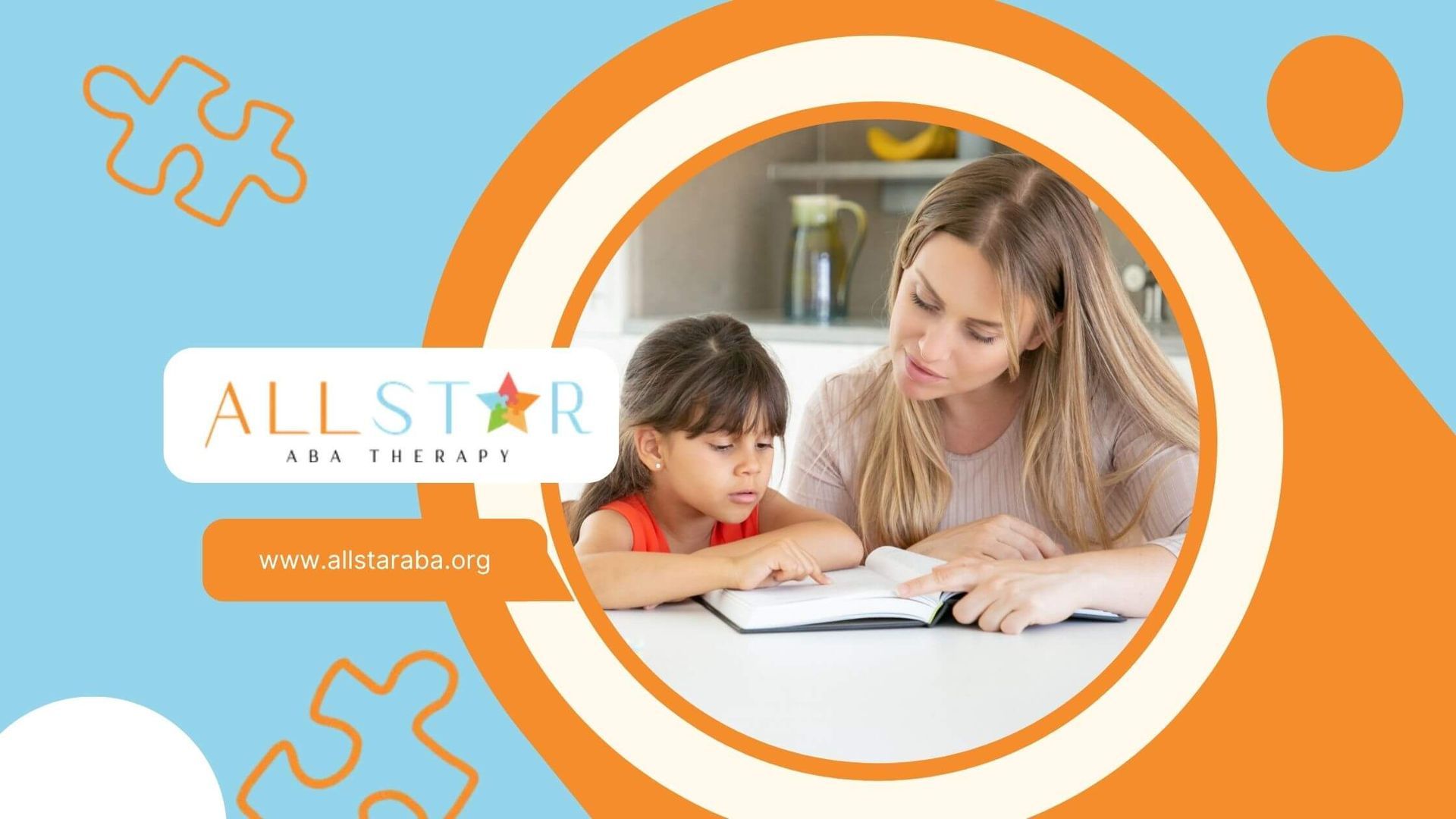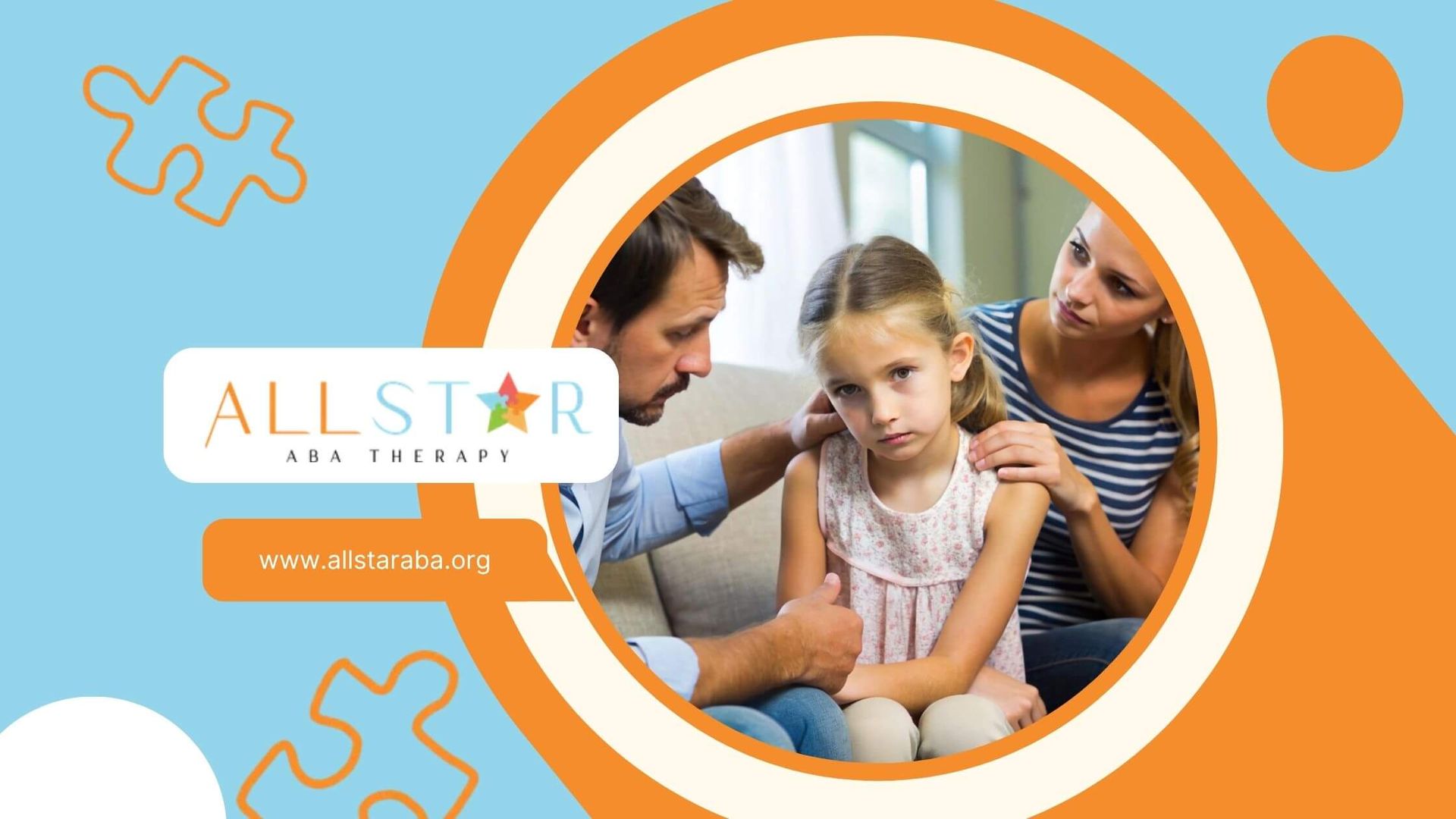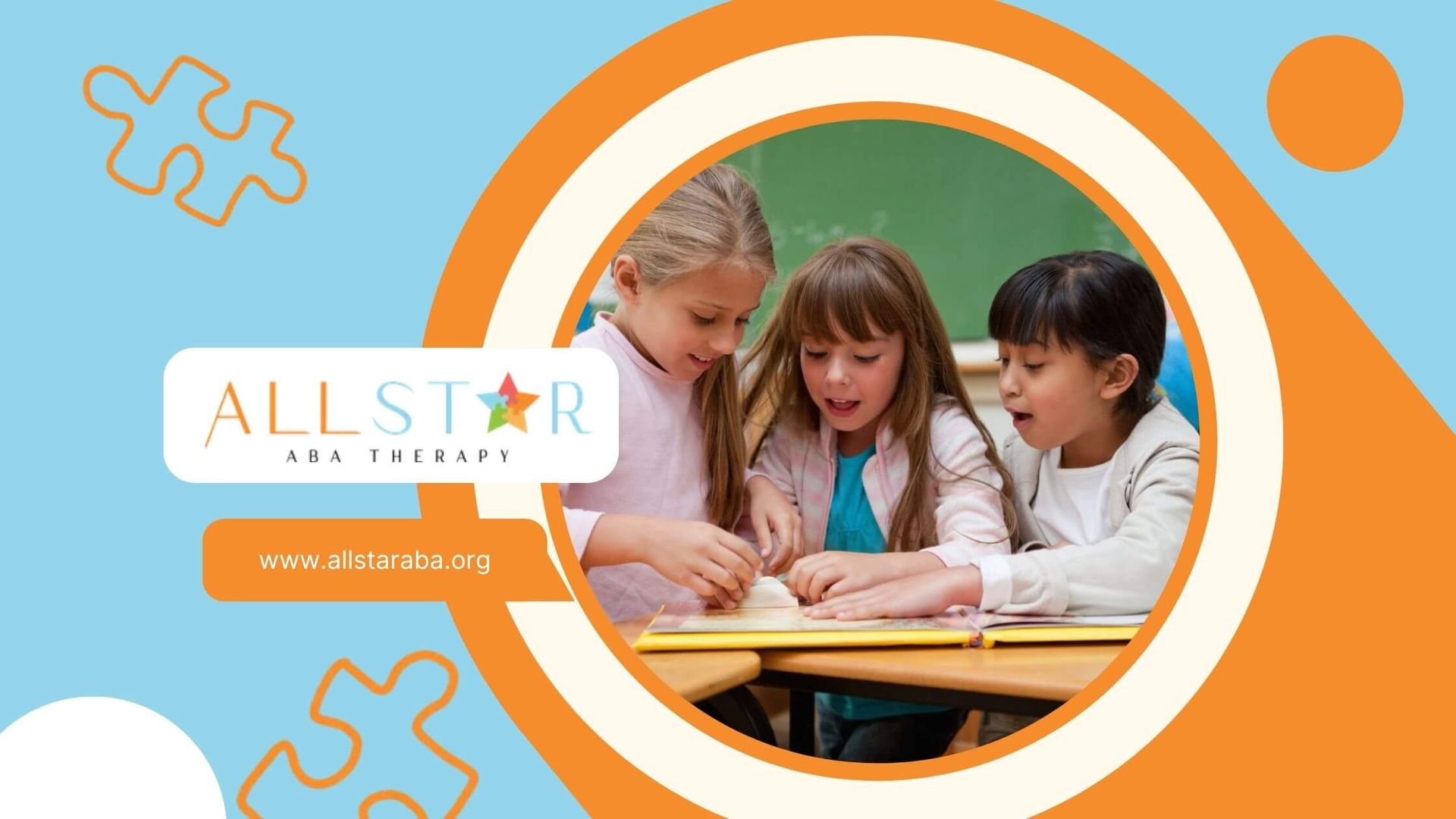New Paragraph
Unveiling the Core ABA Therapy Techniques for Autism Support
Applied Behavior Analysis (ABA) therapy stands as a cornerstone in the treatment and support of individuals with Autism Spectrum Disorder (ASD). Rooted in the science of learning and behavior, ABA therapy employs a variety of techniques tailored to meet the unique needs of each individual. This blog post delves into the foundational ABA therapy techniques, highlighting their roles, benefits, and the profound impact they have on individuals with autism.
Introduction to ABA Therapy
ABA therapy is a research-based intervention that focuses on improving specific behaviors, such as social skills, communication, reading, and academics, as well as adaptive learning skills, such as fine motor dexterity, hygiene, grooming, domestic capabilities, punctuality, and job competence. The effectiveness of ABA lies in its personalized approach and its ability to be applied across various settings – from the classroom to the home, and beyond.
Core ABA Therapy Techniques
1. Discrete Trial Training (DTT)
DTT is a structured technique that breaks down skills into smaller, manageable steps. Each step is taught individually, using a series of trials to teach each step. The process involves a clear beginning and end, which helps the individual understand and master each part of a task.
2. Early Intensive Behavioral Intervention (EIBI)
EIBI is a type of ABA for very young children with ASD, often under the age of 5. This intensive therapy aims to reduce unwanted behaviors and build a foundation of social, cognitive, and language skills through a highly structured program.
3. Pivotal Response Training (PRT)
PRT focuses on pivotal areas of a child’s development, such as motivation, response to multiple cues, self-management, and social interactions. By targeting these key areas, PRT seeks to produce broad improvements across other social, communicative, and behavioral areas.
4. Verbal Behavior Intervention (VBI)
VBI is an ABA technique that focuses on teaching verbal skills according to the function of the speech. By understanding why we use words (to get something, to communicate an idea, etc.), therapists can tailor their approach to enhance communication skills effectively.
5. Functional Communication Training (FCT)
FCT is designed to replace unwanted behaviors with more appropriate forms of communication. This technique teaches individuals alternative ways to express their needs and desires without resorting to negative behaviors.
6. Natural Environment Training (NET)
NET takes the principles of ABA therapy and applies them in the individual’s natural environment. This technique emphasizes learning in the context where the skills are naturally used, making the learning process more meaningful and effective.
Additional ABA Therapy Techniques
7. Task Analysis
Task Analysis is a method used to break down complex activities into a sequence of manageable steps. This technique is crucial for teaching complex skills, allowing individuals to learn each step of a task in isolation before combining them into the full activity. It’s particularly effective for teaching self-care, domestic tasks, and vocational skills.
8. Video Modeling
Video Modeling involves using videos to demonstrate desired behaviors or skills. The individual watches a video of someone (or sometimes themselves) engaging in a target behavior or performing a task correctly, then imitates what they saw. This technique leverages visual learning strengths and can be particularly effective for teaching social skills, daily living skills, and academic tasks.
9. Incidental Teaching
Incidental Teaching capitalizes on naturally occurring opportunities to teach or reinforce skills. This method is less structured than some other ABA techniques and involves creating an environment where the individual is motivated to learn by embedding learning opportunities in activities and topics of interest to them. It’s effective for expanding language, social interactions, and play skills.
10. Differential Reinforcement
Differential Reinforcement involves reinforcing specific behaviors while withholding reinforcement for others. It can take various forms, including Differential Reinforcement of Alternative Behavior (DRA), Differential Reinforcement of Incompatible Behavior (DRI), and Differential Reinforcement of Other Behavior (DRO). This technique is powerful for reducing challenging behaviors while encouraging positive alternatives.
11. Token Economy Systems
Token Economy Systems use tokens or symbols as reinforcement for desired behaviors. Tokens can be exchanged for a variety of rewards and are a way to motivate and reinforce positive behavior over time. This system teaches the concept of delayed gratification and can be customized to fit the individual’s interests and preferences.
12. Social Stories
Social Stories are short descriptions of a particular situation, event, or activity, which include specific information about what to expect in that situation and why. Created by Carol Gray, Social Stories aim to improve the social understanding of individuals with ASD, helping them navigate social nuances and expectations more effectively.
13. Generalization Strategies
Generalization Strategies are used to ensure that learned behaviors are transferred across different environments, people, and contexts. These strategies involve practicing skills in various settings and with different people to ensure the individual can apply what they’ve learned in real-world situations.
The Power of Combining Techniques
In practice, ABA therapists often combine several techniques to create a comprehensive and dynamic treatment plan tailored to the individual's needs. The versatility of ABA therapy allows it to adapt to the evolving needs of individuals with ASD, ensuring that they continue to make progress in all areas of their lives.
Collaboration and Continuous Assessment
Successful implementation of ABA therapy techniques requires close collaboration between therapists, families, and educators. Continuous assessment and adjustment of the treatment plan are vital to align with the individual's development, preferences, and changing needs. This collaborative and dynamic approach ensures the maximization of potential and the fostering of independence in individuals with ASD.
The Importance of Individualized Programs
A key to the success of ABA therapy is its highly individualized nature. Each program is tailored to the individual’s skills, needs, interests, preferences, and family situation. This bespoke approach ensures that therapy is relevant and engaging for the individual, promoting more significant learning and retention.
Integrating ABA Techniques into Daily Life
For ABA therapy to be most effective, it’s crucial to integrate these techniques into the individual’s daily life. Parents, caregivers, and educators play a vital role in reinforcing the strategies learned during therapy sessions, ensuring consistency and continuity in the individual's development.
Strategies for Home and School
- Consistency Across Settings: Applying the same principles and strategies across different environments helps reinforce learning.
- Incorporating Interests: Leveraging the individual’s interests can increase engagement and motivation.
- Positive Reinforcement: Using positive reinforcement encourages the repetition of desired behaviors.
Challenges and Considerations
While ABA therapy is widely recognized for its effectiveness, it’s essential to approach it with flexibility and sensitivity to the individual’s needs. Therapy should evolve as the individual grows, ensuring that it remains relevant and supportive throughout different stages of development.
Tailoring Intensity and Duration
The intensity and duration of ABA therapy vary significantly among individuals. Some may benefit from more hours of therapy each week, while others may achieve optimal results with less. Regular assessment and adjustment of therapy programs are crucial to meeting the individual’s evolving needs.
The Future of ABA Therapy
The field of ABA therapy continues to evolve, with ongoing research and technological advancements shaping its future. New tools and technologies, such as virtual reality and augmented reality, offer exciting possibilities for making therapy more interactive and engaging.
Conclusion
ABA therapy techniques offer a robust framework for supporting individuals with ASD, enhancing their ability to communicate, interact socially, and live more independently. Through a combination of structured learning, individualized programming, and the integration of therapy into daily life, ABA therapy can profoundly impact individuals and their families.
At
All Star ABA, we are dedicated to providing personalized, evidence-based
ABA therapy services. Our team of experienced therapists is committed to harnessing the power of ABA therapy techniques to support individuals with autism in reaching their full potential. By partnering with families and communities, we strive to create a supportive and inclusive environment that fosters growth, learning, and independence for every individual we serve.
Need Support?
We're Here to Help!
Our experienced team is ready to assist you. Reach out today to discuss how we can support your child's development and well-being.
Get started with expert ABA therapy today.








